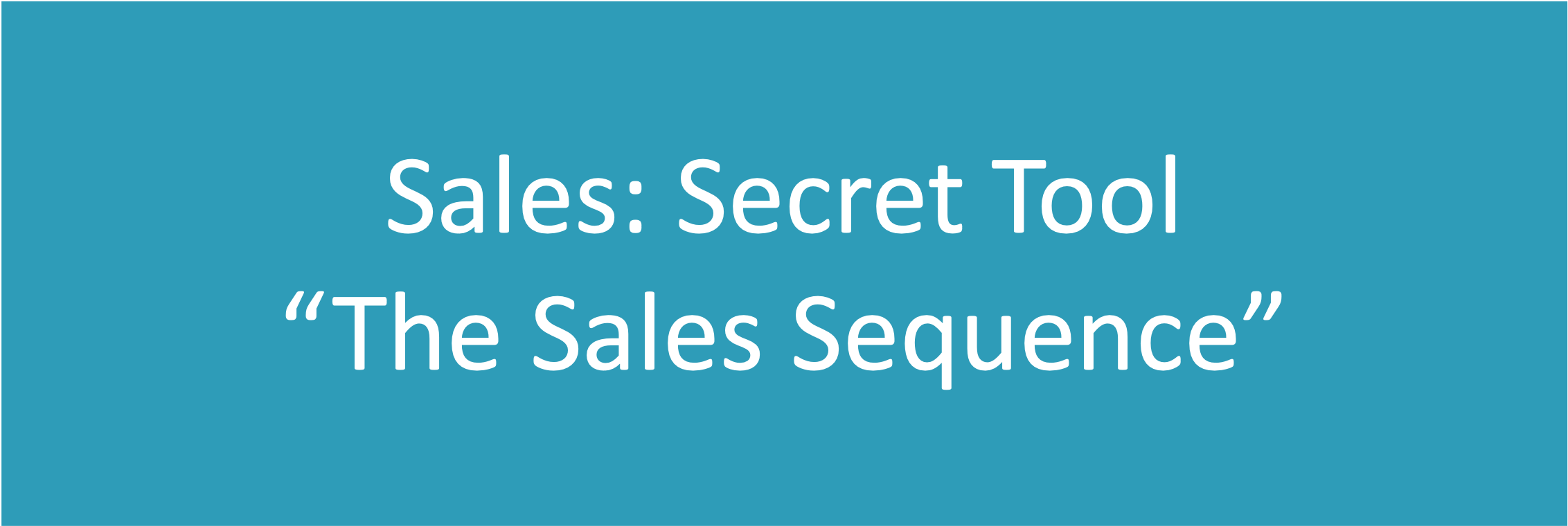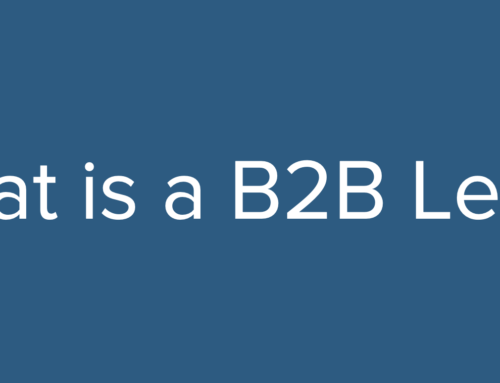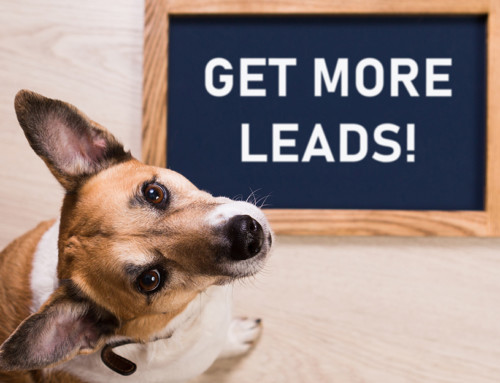Secret tool of sales success: The Sales Sequence
When someone is ready to buy or calling you to learn how your solution can solve a problem, sales is certainly more enjoyable. The less enjoyable part is engaging great prospects that do not know you – yet!
In days long ago, there was the “just go to their office” cold call. There is the phone – cold calling. No one loves that – and the likelihood of getting an answer is very low so this takes many calls. There is the LinkedIn “connect” and “InMail” strategy. There is some good there but it is getting way overused. Then, there is the very popular email option. In fact, there is part of every salesperson that either (a) wants to send a bunch of emails, or (b) wants marketing to send a bunch of emails and then just sit by the computer and phone and wait for people to call to order something. That would be awesome!
The best sales organizations and salespeople have learned over time that the most effective way to reach new prospects that do not have any current relationship is by mixing the methods of contact over a period of time – a sequence of different types of contact. When you take that way of thinking and combine it with modern technology you get the integrated “sales sequence.”
What is a Sales Sequence?
It is a series of complimentary and carefully planned outreach activities from a salesperson designed to engage prospects to a point where they will respond to outreach and your sales process. More specifically, a sales sequence is:
- A mix of personalized emails, phone calls, social media messages, SMS texts, etc., that provide multiple touches to a prospect across different platforms.
- A structured, well thought out series (planned in order) of messages that offer content across the spectrum of the buyer journey.
- A repeatable process that sales can utilize for all new potential prospects where there is currently no direct relationship (cold/warm leads) – mining prospects from cold/warm list segments.
Sales Sequence Example
A typical sales sequence might be 10-12 touch points, given that we all understand that in today’s world, you don’t get any recognition or reply typically with just two or three attempts at reaching someone. These touch points might look something like the following flowchart (please note that not all content points included as this is just an example and only the first five).
Figure 1 – Sales Sequence Example (partial sequence)

While Figure 1 is only a partial sales sequence, you get the concept. This is a series on intentional contacts using a variety of methods. Some typical types of outreaches included might be:
Phone calls
A phone call should likely be the FIRST sequence step as you “might” get an answer and you are connected immediately. No need to continue the sequence at that point and you can nurture the contact yourself.
Notes about Voice Mail: Always have a “short” (15-20 seconds) scripted voicemail ready to read. This should build some curiosity in terms of why you are calling. A voicemail should never be filled with all your pros/cons or solutions because (a) it’s easy for them to decide yes or no without ever speaking with you and (b) you haven’t even spoken with them, and you sound presumptuous about what their needs might be. The purpose of a voicemail is to generate interest (some motivation) in speaking with you directly.
Email/Content
Just using emails is not a good idea. However, mixing emails with calls (e.g., leaving a voice mail that references an email you are going to send or did send) or sending emails that are both personalized and create value (tips, content, etc.) both have a place in the sequence.
Social Media Connection
Using LinkedIn (best for B2B) as an example, you can send a connection request or InMail (or both) that shows you have done your homework on their business and creates motivation to connect and speak with you.
Yes, some salespeople even incorporate postal mail into their sequence, maybe sending a postcard or simple note card type mail – just to keep focus on the brand/name and hopefully prompt the person to answer the next call or email.
Offer
Toward the end, it’s always good to have some type of tangible offer. While not suggesting you just parade some discount to them, it is useful if you have something of value to offer (an assessment, some service you provide in evaluating problem areas, etc.) Some companies have these free/paid services that can be offered as part of the late stages in the sequence.
The example partial sequence in Figure 1 along with the types of contact described are by no means some exact “formula” of success for your particular sales team. The point of the sales sequence is that just reaching out in ONE way – and only a few times – is likely not going to work with today’s prospect audience. The sales sequence allows you to have many (10-12 touch points) varied outreach methods that build awareness and trust to engage more prospects.
Sales Sequence Automation
Without some marketing automation assistance, the above sequence would be difficult to carry out as the number of prospects increases. You also probably noted that some of the best salespeople you know do this anyway – many times manually, with notes and reminders on their calendars, using email templates, etc. Yes, those successful sales people actively engage each contact multiple times (they don’t’ send mass emails and wait by the phone!).
The question then becomes – how can I help ALL salespeople do this? You can assist them by building automated sales sequences and the supporting content for them in your CRM tool. Does your CRM tool offer this? I don’t know. If your tool does NOT offer sales sequencing, then you are missing one of the most important resources for sales.
How does the sales sequence automation work? Taking the example above, the automation portion of this might include (abbreviated of course here):
- Day 1 – After call, if you left voice mail then enroll contact in sequence:
- Automated places a task on salespersons calendar for Day 4 call reminder.
- Day 4 – Salesperson sees task reminder.
- Calls customer (leave VM if necessary)
- Marks task completed, can manually send or automation can send follow-up email, automation sets reminder for Day 5 LI connection request.
- Day 4 – Salesperson sees reminder, and
- Sends LinkedIn connection request.
- Marks task complete and automation sets email reminder for Day 7
And the process goes on like this, a mixture of salesperson action, and automated actions that manage the series for this one contact. Any contact that is enrolled is managed on their own timeline. By starting with 10-15 or so on one day, then maybe 10-15 on a second day, and even another 10-15 on a third and fourth day – all the activities are being managed by automation on a schedule so that the salesperson can simply view the tasks for a given day and complete those to stay on track in the sequence.
Don’t wait, let’s get started now
Sales sequences work, whether building a new prospect pipeline or even using a sequence with existing customers for upsell/upgrade engagement offers. Why not start now?
- If you do not have a CRM at all, let’s get your sales team set up on one that provides them with this power tool and more.
- If you have a CRM that does not offer this type of sales specific automation (directly from sales), then let’s find you one that does.
- If you have the tools, but have not yet harnessed this power with your sales team, then let’s work together to empower sales with the right content and sequence(s).
Happy to speak more about this with you –request meeting.






